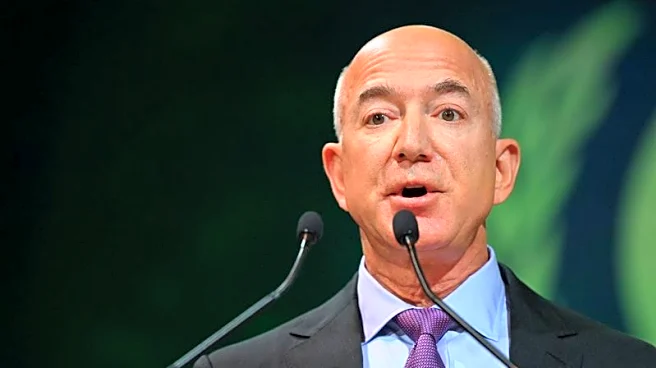What is the story about?
What's Happening?
Boston Consulting Group (BCG) has released its 23rd annual Global Payments Report, forecasting that global payments revenue will reach $2.4 trillion by 2029. The report highlights a significant deceleration in growth rates, with annual growth expected to slow to 4.0% through 2029, compared to the 8.8% compound annual growth rate achieved since 2019. The consultancy notes that transaction-related revenues will be the primary driver of expansion, fueled by increased card usage and the adoption of instant payments. Latin America is projected to lead with double-digit annual transaction-related revenue growth, followed by the Middle East and Africa at 9%. Eastern Europe is expected to grow by approximately 13%, surpassing Western Europe's 4.3% and North America's 5.6%. Non-transaction revenues, which surged during periods of high interest rates, are anticipated to face sharp deceleration, particularly in Europe, where growth is expected to slow to just 1.6% through 2029.
Why It's Important?
The forecasted slowdown in global payments revenue growth has significant implications for the financial industry, particularly for companies relying on transaction-related revenues. As interest rate tailwinds fade, businesses may need to adapt their strategies to maintain profitability. The report suggests that regions like Latin America, the Middle East, and Africa could become key markets for growth, offering opportunities for companies to expand their operations and capture new revenue streams. Conversely, the anticipated deceleration in Europe highlights potential challenges for businesses operating in the region, necessitating strategic adjustments to navigate the changing economic landscape. The shift in growth dynamics may also influence investment decisions and policy-making, as stakeholders seek to capitalize on emerging opportunities while mitigating risks associated with slower growth.
What's Next?
As the global payments industry faces a period of slower growth, companies may need to explore innovative solutions and technologies to sustain revenue expansion. The focus on transaction-related revenues suggests a potential increase in investments in digital payment platforms and infrastructure to enhance efficiency and user experience. Additionally, businesses may look to diversify their offerings and explore new markets, particularly in regions with higher growth potential like Latin America and Africa. Policymakers and industry leaders may also consider regulatory adjustments to support the evolving payments landscape and address challenges associated with decelerating growth. The strategic responses to these developments will likely shape the future trajectory of the global payments industry.
Beyond the Headlines
The anticipated slowdown in payments revenue growth could have broader implications for the global economy, influencing consumer spending patterns and financial stability. As companies adapt to changing growth dynamics, there may be increased emphasis on technological innovation and digital transformation to drive efficiency and competitiveness. The evolving payments landscape could also impact employment trends, with potential shifts in demand for skills related to digital payments and financial technology. Furthermore, the report's findings may prompt discussions on the role of financial institutions in supporting economic growth and addressing disparities in access to financial services across different regions.
AI Generated Content
Do you find this article useful?














